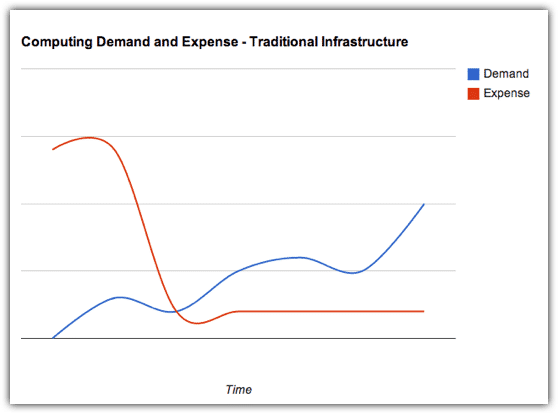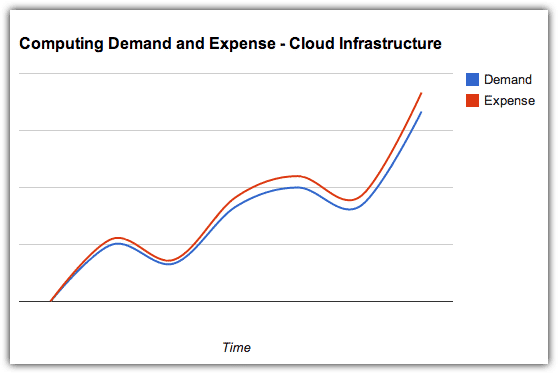It is fairly common for businesses to have staff working across many different locations across the country or even the world. Engaged in various activities like door-to-door sales, delivery and installations, service maintenance, conducting inspections & investigations or even data collection.
Managing and co-ordinating tasks, scheduling activities, planning and monitoring activities and communicating can often be challenging.
Mobile Workforce Management is the automation of the entire end-to-end workflow management and operations of any field service workers.
Mobile Workforce Management Synonyms
Mobile Workforce Management is also known as
- Field Service Management
- Job Scheduling Software
- Job Management Software
Advantages of Mobile Workforce Management
It is increasingly clear that there needs to be a certain sense of discipline and streamlining of field operations and important to automate certain tasks within field sales and operations, primarily because it helps you to track your assets remotely and ensuring contact with your workforce when required. Enabling your team to get in touch when required.
Most importantly, engineers, sales representatives and customer care executives can easily send information, scan receipts, Invoice customers and retrieve other crucial information in a standardized and streamlined manner. Assisting in regulating your business and also bringing some order to what is usually a very chaotic mode of working.
Why choose Mobile Workforce Management
Work Force Management tools help you to stay in control. They assist in automating what can and should be automated leaving only the crucial human-human interactivity. Helping you to keep a record of all interactions and important data within a database, without you having to manually go through sales receipts, complaint slips and other such details.
A Field Force Management tool is a time-saver and efficiency tool for companies. Moreover, these tools help to automate several aspects of your day to day operations, leading to an increase in productivity and motivation.
Streamlining operations, will also ensure that important stakeholders are well informed and management visibility is enhanced. Helping your business to make smarter decisions and help serve your customers better.
Field Force Management is similar to an Enterprise Resource Planning (ERP) solution but is vastly different. It is specifically targeted at staff that work on the field and is intended to make their and your work more streamlined, transparent and easy to track.
Cloud based solutions help you automate
Field Force Management is usually cloud based which means all data is stored and accessible on secure cloud servers. There is no question of losing important data or not being able to retrieve something important. If something goes missing, there will usually be a backup available. Field force management tools include the software, the hardware and also the kind of training that is required for users to use it efficiently.
The software usually helps in saving and processing information while the hardware helps employees to enter important data into devices while they are on the job. Sometimes, field force solutions can also be a mobile app which negates the need for a specific or special device.
This is very important when it comes to field jobs as carrying different devices can prove to be a cumbersome job. At the end of the day, field force solutions are meant to reduce the burden on staff and not actually inadvertently increase it.
Denizon?s FieldElite Mobile Workforce management application provides significant improvements in efficiency and service with a switch to digital working and the elimination of paperwork.
All the information that is stored on the cloud can be run through analytics software so that you get the kind of reports that you are looking for to improve your business.
Field Force Management Process
A field force management tool helps you to remain in contact with your staff while they are at work on the field. This helps you to track your personnel in real time. Field personnel or your staff can log in and enter their attendance using a smartphone. You can assign that particular day?s task remotely using a web console or your own smartphone.
Next, they can carry out whatever duties they need to while you get all the alerts that you set to receive. This helps to increase transparency. You can choose to receive alerts on your phone or on your desktop.
Finally, staff can tag completed tasks with audio and images, instead of they having to type reports. This helps to focus more on the job than on job reporting. Last but not the least, location tags help you to ensure that the job is done at the right place. Your staff will not be able to take your generosity for granted.
All in all, a field force management tool helps you to track and control your staff without you having to be physically present with them and this is the beauty of this tool.
Summary
Field Force Management helps companies to reduce administration expense and improve productivity. This helps to automate data integration which is usually done with the help of cloud servers. Moreover, you can set invoice parameters that help you to also keep track of stocks, inventories and engage in P.O. and task management.
A number of field force management users also use it as a tool to engage in credit management. Banks and insurance companies particularly find this tool helpful as payments can be received on the job, instead of asking customers to pay online or offline. This also helps in building valuable customer relationships and enhance loyalty.
Thirdly, a field force management tool helps to increase planning efficiency. This means, you will be able to allocate tasks and optimize routing. All this helps to increase your ROI at the end of the day and get back the money you invest on field force management.
Finally, you will have more control over productivity and sales thanks to automation of data collection. You will also have more control over the execution of tasks and that will invariably make your company leaner and smarter.

